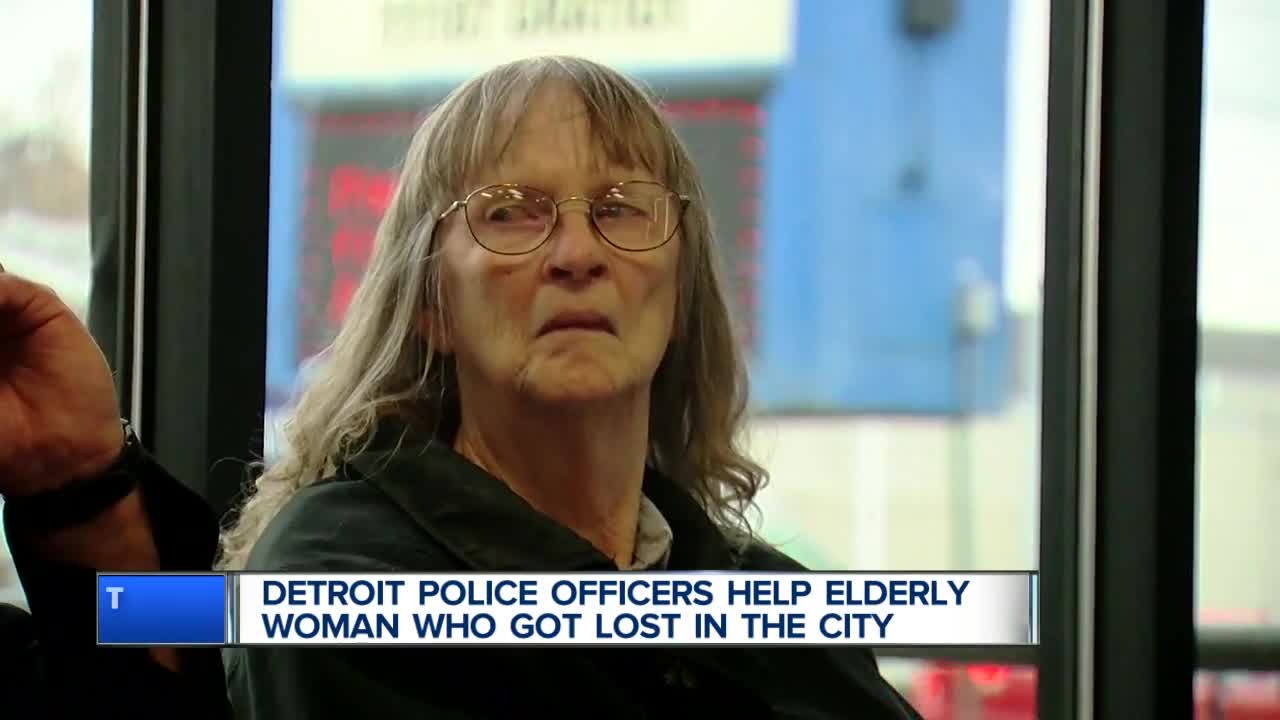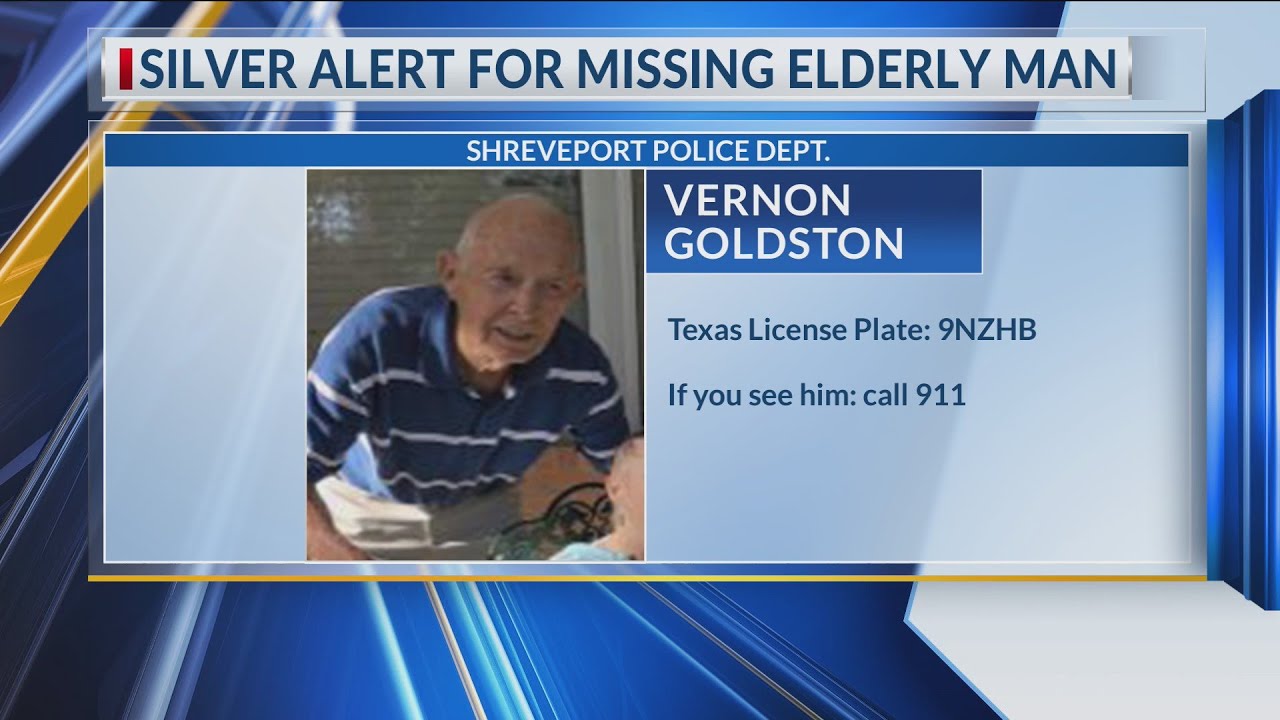The phenomenon of a Missing Senior Citizen is one that evokes both concern and urgency. As our loved ones age, ensuring their safety and well-being becomes increasingly vital. Unfortunately, instances of seniors going missing can happen for various reasons, from dementia to wandering off due to curiosity or simply getting lost. This article provides a comprehensive guide on how to quickly and safely locate a missing senior citizen.
Understanding the Reasons Behind Seniors Going Missing

Understanding the underlying reasons as to why seniors go missing is the first step in developing effective strategies to find them.
Each situation is unique, and having a grasp on why these incidents occur can equip families and caretakers with knowledge on how to prevent them or respond efficiently when they arise.
The Impact of Cognitive Disorders
Cognitive disorders like Alzheimer’s and other forms of dementia are significant contributors to the rate at which seniors go missing.
These conditions can affect a person’s judgment and memory, especially in the later stages. Many seniors with dementia may leave their homes to engage in activities from their past, such as visiting old workplaces or relatives’ homes that no longer exist.
The wandering behavior often stems from confusion, disorientation, or even a search for something that is no longer present in their lives.
It’s crucial for caregivers to be aware of these risks and to monitor seniors closely when they exhibit signs of cognitive decline. Establishing routines and familiar environments can help mitigate these risks.
Physical Limitations and Impairments
Physical issues such as mobility problems, visual impairments, or general frailty can also lead to seniors being misplaced.
A senior may wander outside just for some fresh air but become disoriented or unable to return home.
It’s essential for caregivers to acknowledge these limitations and to create safe spaces within the home and community.
Consider utilizing mobility aids, ensuring visibility before leaving the house, and establishing safe pathways can minimize the chances of such incidents.
Emotional Factors
Sometimes, emotional distress can lead seniors to wander away from familiar settings.
This could stem from feelings of loneliness, anxiety, or depression that many seniors experience.
Even a sudden change in their environment, such as the loss of a partner or moving to a new living arrangement, can prompt a senior to seek comfort in familiar places.
Recognizing the emotional well-being of seniors and providing support through conversation, companionship, and engaging activities can significantly reduce the risk of them going missing.
Key Strategies for Preventing Seniors from Going Missing

Prevention is always better than cure. By implementing proactive measures, caregivers can significantly decrease the likelihood of a senior becoming missing.
This section explores various strategies that can be enacted to ensure safety and reduce risks.
Communication and Engaging with Seniors
Effective communication with seniors is crucial for understanding their needs.
Open dialogue about their feelings, concerns, and daily experiences will allow seniors to express any emotions or issues leading to wandering.
Engaging in regular conversations can keep the mind of a senior active, potentially alleviating feelings of loneliness and despair.
Additionally, creating opportunities for community interaction through local clubs, social gatherings, or group activities can foster a sense of belonging and reduce the desire to wander away.
Environmental Modifications for Safety
Creating a safe living environment profoundly impacts a senior’s ability to remain at home.
Consider the following modifications:
- Secure Environment: Ensure doors and windows are secure but not closed off to the extent that it feels claustrophobic.
- Clear Signage: Labels on rooms, doors, and personal items can help seniors orient themselves.
- Safety Alarms: Invest in smart home features that alert you if doors are opened unexpectedly.
These minor adjustments can empower seniors to move about freely while reducing their risks of getting lost.
Use of Technology in Tracking
In today’s technology-driven era, we can leverage various devices and apps designed to assist in tracking and monitoring seniors, as well as alerting caregivers.
Consider:
- GPS Tracking Devices: Equipped in watches, phones, or dedicated devices for easy monitoring.
- Emergency Alert Systems: Devices that seniors can wear and press in case they find themselves in distress.
- Smartphone Apps: Several applications can help track routes and notify caregivers when a senior enters or leaves certain locations.
Utilizing these technological products not only aids in quickly locating a missing senior citizen but also provides peace of mind for families.
Immediate Steps to Take When a Senior Goes Missing

Finding a missing senior citizen requires quick action and a structured approach to ensure they are located safely and efficiently.
This section highlights the immediate steps that should be taken in such situations.
Notify Authorities Promptly
The first step upon noticing that a senior has gone missing is to immediately contact local authorities.
Provide them with all the essential information regarding the senior, including:
- Description: Age, height, weight, clothing, and any distinguishing features.
- Last Known Location: Where they were last seen and potential destinations, including favorite spots.
- Personal History: Any history of wandering, medical conditions, and cognitive impairments.
The quicker authorities respond, the better the chance for a safe return, as they may utilize trained search teams or organize volunteers to assist in the search.
Gather Information from Family and Friends
After notifying the authorities, it’s imperative to gather support from family and friends.
Collecting accurate details about the senior’s habits, recent emotions, and routines can provide useful insights into possible locations.
Utilizing family networks, especially if they live nearby or share social circles, can help cover more ground quickly.
Together, everyone can brainstorm potential locations that they might have visited or routes they typically take.
Utilize Community Resources
The local community can play an instrumental role in finding a missing senior.
Reach out to local organizations, community centers, religious institutions, and social groups for help.
Creating flyers with the details of the missing person and distributing them in high-traffic areas, neighborhood bulletin boards, and social media can extend the search radius effectively.
In addition, working with local media outlets can alert the broader community about the missing senior, potentially leading to quicker results.
Tips for Comforting and Reassuring a Senior after a Scary Experience
Finding a missing senior citizen is only one part of the journey; the emotional aftermath can be equally crucial.
Once they are back home, it is essential to address any anxiety or trauma they may have experienced during their time away from home.
This section will delve into best practices for comforting and reassuring the individual to help them feel safe and secure.
Encouraging Open Dialogue
Once a senior has returned, it’s vital to engage them in open, non-judgmental conversations about their experience.
By allowing them to share their thoughts and feelings, you not only validate their emotions but also establish an environment of trust and support.
Allow for any potential feelings of shame or embarrassment to be expressed without judgment.
Your role is to listen, comfort, and reassure them that they are safe and loved, reiterating that their experience is a part of life which can be managed together.
Reinforcing Safety Measures Together
After experiencing a disorienting event, it is important to reinforce the safety measures that can help prevent future incidents.
Involve the senior in creating action plans and safety routines they can rely on.
Make sure they understand how to utilize any technology or tools designed for their protection.
Collaborative discussions about boundaries regarding the neighborhood and places they can go can help them feel in control without losing their independence.
Providing Emotional Support
Often, the emotional toll taken on a senior from both the disappearance and the return can be significant.
Having regular check-ins, ongoing companionship, and even engaging them in comforting activities can create a nurturing environment conducive to healing.
Encouraging participation in hobbies or enjoyable activities can divert focus from the stress and help re-establish a sense of normalcy.
Consider professional support, such as counseling or therapy, if signs of trauma or lasting anxiety persist.
Conclusion
In navigating the complex issue of a missing senior citizen, various strategies emerge that can both prevent such occurrences and address them effectively when they happen. By understanding the reasons behind seniors going missing, implementing proactive safety measures, and knowing the immediate action steps in case of an emergency, caregivers can foster a sense of assurance and safety. Furthermore, reinforcing emotional well-being and creating supportive environments upon their return is pivotal to healing. A coordinated approach can significantly impact the journey of safeguarding our beloved seniors.